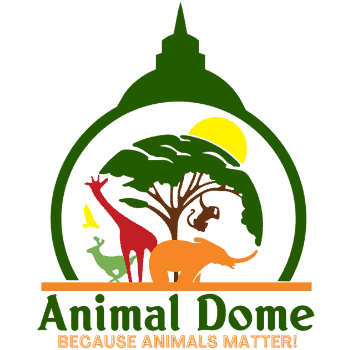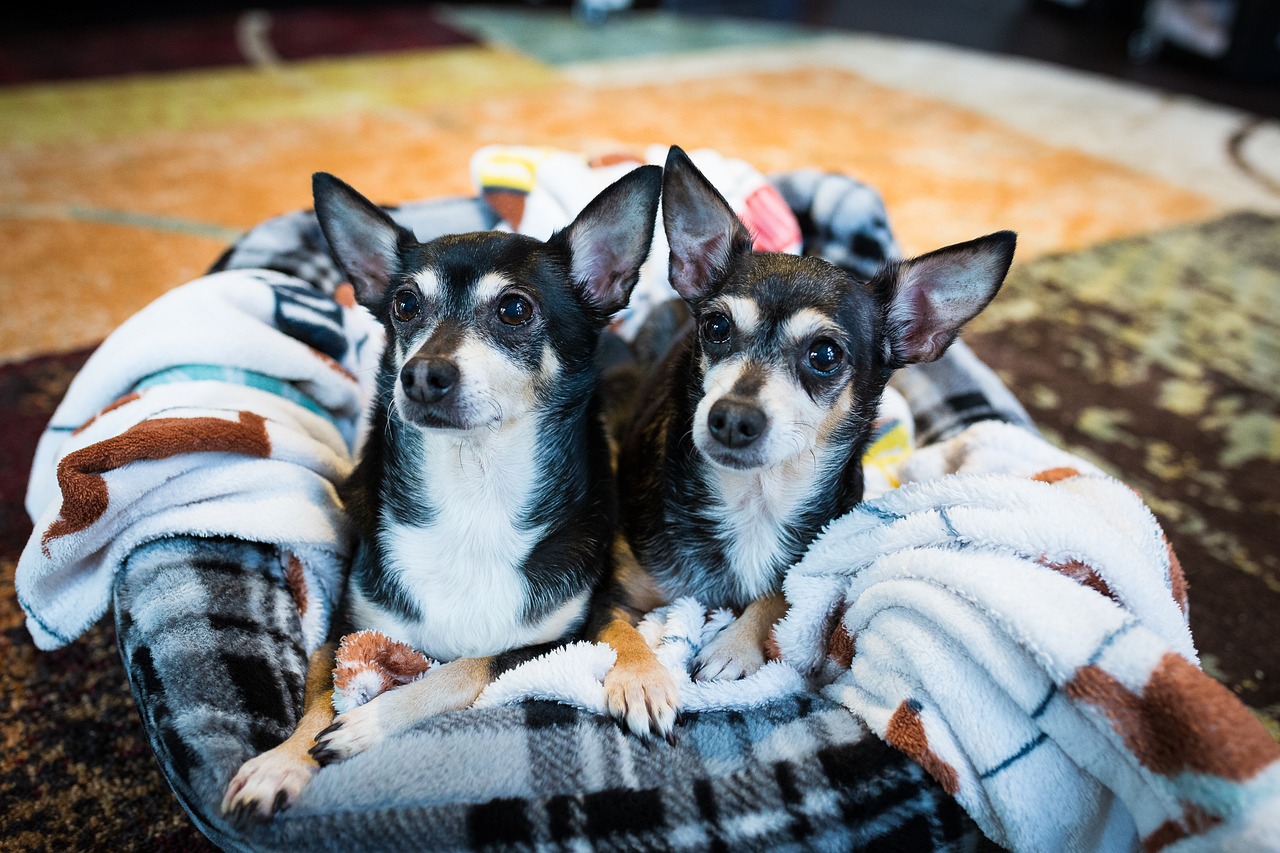Those who own ferrets know that these creatures come in a range of colors and you have to educate yourself about ferret colors if you are planning to admit your pet in an event or a show. The American Ferret Association (AFA) refers to the color and pattern of a ferret when describing its appearance. Color, rather obviously, refers to the color seen on the guard hair, eyes, nose and undercoat of the ferret and pattern is used to describe the distribution and concentration of the color on the animal’s mask, nose and body. In some cases there are white markings on the ferret’s body and this is also classified as a pattern.
Ferret colors are described broadly as Albino, Black, Black Sable, Champagne, Chocolate, Cinnamon, Sable and Dark-eyed White. Look for which of the following descriptions fits your ferret to be able to easily describe your pet to other pet owners:
Albino is when the ferret is missing a coloration pigment which makes its guard hairs and undercoat white or cream with no visible patterns. The eyes should be red and nose has to be pink for a ferret to fit this color description.
Black describes ferrets which have uniformly glossy black guard hairs with white or golden colored undercoat. The eyes and nose are black although speckled black is also accepted in the nose.
Black Sable is defined as dark blackish brown with the black being a little dominant over the brown tone of the guard hairs. The preferred undercoat of ferrets of this color is white or cream; the eyes are darkish brown almost black and the nose is also more black than brown. Speckled noses of this color range are accepted in shows also.
Chocolate is the color defining ferrets which are brown toned. Ferrets with white undercoat are regarded highly and the ones with a golden undercoat are also accepted. Eyes should be dark brown like milk chocolate or burgundy. The preferred color for the nose is beige, pink or rusty orange.
Champagne is a lighter version of a Chocolate colored ferret. Again, the preferred undercoat color is white or cream and yellow is not regarded as acceptable for show ferrets. The nose of the Champagne colored ferrets is very similar to those of the chocolate ferrets.
Cinnamon describes the brown toned ferrets which have a reddish tinge to their guard hairs. This reddishness makes it distinct from the Champagne in the spectrum of ferret colors. Cinnamons are preferred with golden undercoats although white is also acceptable. Eyes are expected to be in the burgundy range, either light or dark, and the nose should preferably be pink or beige or light orange with a light brown T-shaped outline. Plain pink is not considered an advantage for ferrets in shows.
Dark-eyed White (DEW) describes the ferrets which are white or cream in color but are not Albino. They have white bodies and their eyes are burgundy and they have pink noses.
Sable is the one in the list of ferret colors that describes dark brown animals. They have rich brown guard hairs, whitish cream or golden undercoats and very dark brown eyes. The nose is usually light brown and specked brown noses are also accepted in shows.
Interesting Reads: How to Keep Ferrets as Pets
But as we all know, ferrets are not uniformly colored all the time and so the color description should include an indication of the color concentration. Ferret colors which are complete, 100 percent or close are described as solids. When there is 90 percent of colored hair with some white thrown in, that is called Standards. Roans are the ferrets with 50-60 percent colored hair and 40-50 per cent white hair. Ferrets with white point patterns are described as Point or Siamese by the AFA. Each of these combinations of ferret colors also comes with distinctive mask and nose patterns.
Ferret Patterns
Ferrets exhibit many different patterns and these have been classified and make up an important consideration in show animals.
The color and pattern of the legs and tail – together referred to as the points – and how these relate to the rest of the animal’s body color are the main considerations when assessing the classification and quality of a ferret’s pattern. The main classification of these patterns are solid, Siamese, roan, mitts, panda, blaze, solid and standards.
For example, in a solid ferret the guard hairs are 100% percent colored with the same color and shade, making the points indistinguishable from the rest of the color of the animal’s body. The percentage distribution of the guard hairs, the color of his nose and the patterns on his head, neck and under body on how those relate to the points are all careful considerations when classifying the type of pattern on a ferret.




